Trigger Point Injections

What Are Trigger Point Injections?
How Do Trigger Point Injections Work?
- Disrupting the pain cycle – The injection numbs the area and reduces nerve sensitivity.
- Improving blood circulation – The treatment allows fresh oxygen and nutrients to reach the muscle.
- Relaxing the muscle – This helps restore normal function and range of motion.
- Reducing inflammation – If a corticosteroid is included, it helps decrease swelling in the muscle tissue.
Conditions Treated with Trigger Point Injections
Myofascial Pain Syndrome
Fibromyalgia
Tension Headaches
Chronic Back and Neck Pain
What to Expect During the Procedure
Preparation: Before the Procedure


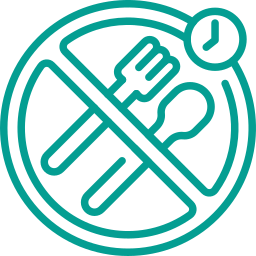
This is not necessary prior to joint injection.


During the procedure:

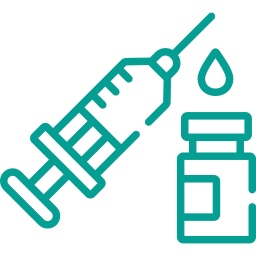
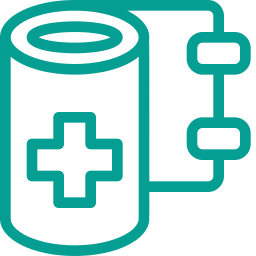
After the Procedure: Post-Care
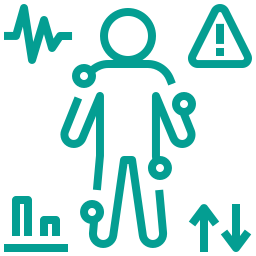

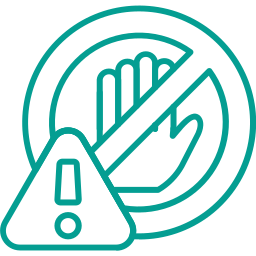

Types of Trigger Point Injections
- Local Anesthetic (e.g., Lidocaine or Bupivacaine): Provides immediate pain relief by numbing the area.
- Corticosteroids: Help reduce inflammation and provide longer-lasting relief.
- Saline Injections: Used to break up the trigger point without medication.
- Dry Needling: Involves inserting a needle without injecting any medication to stimulate the muscle and release the knot.
What Are the Risks or Side Effects of Trigger Point Injections?
F.A.Q
General Questions
The number of injections needed depends on the patient’s condition and response to treatment. Some may require only one session, while others may need multiple injections over several weeks or months.
Patients may feel a slight pinch or pressure during the injection, but the discomfort is minimal. After the procedure, temporary soreness at the injection site is common but usually subsides quickly.
Yes, most patients can return to their daily activities immediately after the injection. However, strenuous exercise should be avoided for 24–48 hours to allow the muscle to recover.
Yes, alternative treatments include physical therapy, massage, stretching exercises, dry needling, and medications such as muscle relaxants or anti-inflammatory drugs. Your doctor can help determine the best option for you.
